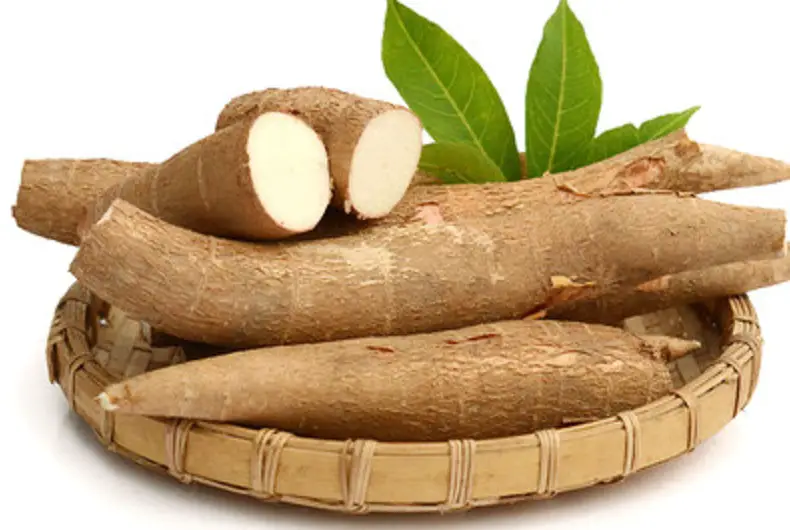Initial Thoughts
Poverty remains a pressing issue worldwide. This situation forces communities to alleviate poverty and end the struggle with food security and financial stability. While poverty is a multifaceted problem requiring broad policy reforms, simple and practical steps are necessary for individuals to help mitigate its effects. This essay explores three strategies: planting cassava root crops as a substitute for rice, growing green leafy vegetables in backyards, and selling surplus produce to generate income.
Planting Cassava Root Crops to Substitute Rice
Rice is a staple food in many regions, especially in Southeast Asia. It can be expensive for households living in poverty. However, a viable and cost-effective alternative is cassava. It is a root crop that thrives in less fertile soils. It only requires minimal resources to grow. Of course, cassava is affordable but highly nutritious, providing a rich source of carbohydrates and energy. Therefore, families can reduce their dependence on the purchase of rice by planting cassava to alleviate some financial strain.
In addition to being a reliable food source, cassava can be grown year-round, making it a sustainable option for continuous consumption. Its resilience in various weather conditions is good. Planters can cultivate them in regions prone to erratic climates, ensuring food security even during adverse weather.
Growing Green Leafy Vegetables in the Backyard
Many impoverished families have access to small plots of land, often underutilized, that can be transformed into productive spaces. Growing green leafy vegetables like spinach, kale, or mustard greens in backyard gardens is a simple and effective way to supplement daily nutrition. These vegetables are rich in vitamins and minerals that are essential for maintaining good health, particularly for children and elderly individuals in low-income households.
Backyard gardening is also a profitable way to minimize the need for store-bought produce, which can be exclusive for those living in poverty. Additionally, it upholds self-reliance, as families can depend on their home-grown produce to feed themselves rather than relying on external sources.
Selling Surplus Crops and Vegetables
If households are successful in growing more cassava and vegetables than they need for personal consumption, they can turn their surplus into a source of income. Local markets or small businesses can provide avenues for selling excess crops, contributing to a family’s financial stability. Even small-scale sales can help cover other essential expenses such as education, healthcare, or housing.
Moreover, selling surplus produce encourages community entrepreneurship, potentially inspiring others to participate in similar agricultural practices. Over time, these small efforts can lead to broader economic benefits for entire neighborhoods, helping reduce poverty rates through self-sufficiency and local commerce.
Final Thoughts
While poverty is a polygonal issue, small-scale actions can make a tangible difference in improving food security and financial well-being. By planting cassava as a rice substitute, growing nutritious vegetables in backyards, and selling surplus produce, families can take proactive steps to lessen the impact of poverty. These simple strategies can promote sustainability, self-reliance, and community resilience, offering a practical approach to a global problem.







